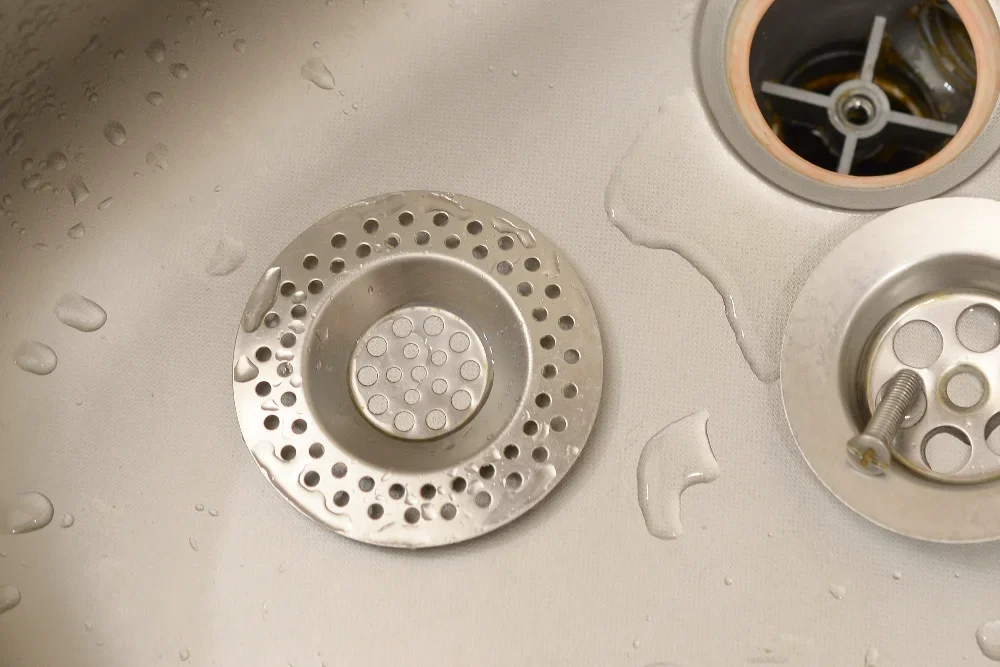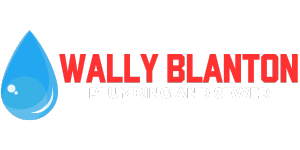
When it comes to replacing or repairing your sink, bathroom sink stopper types may not be the first thing on your mind. However, making the perfect decision may help you avoid irritating leaks, clogged drains, and style mismatches. With so many alternatives available, it’s important to understand the differences before purchasing a stopper for a bathroom sink that doesn’t fit or operate as planned.
Why It's Important to Choose the Right Bathroom Sink Stopper
Functionality and Convenience
A good bathroom sink drain stopper should open and close smoothly, seal securely, and be simple to use. You shouldn’t have to struggle with it only to fill or empty the sink.
Compatibility with Your Sink Type
Not all types of sink stoppers will fit every sink. Some need particular drain assemblies, but others are more general. Choosing the wrong one may result in plumbing complications or the requirement for additional hardware.
Ease of Cleaning and Maintenance
Some bathroom sink stopper types accumulate more filth than others. If you want to prevent repeated cleaning, use a stopper that is simple to remove and rinse off.
Some bathroom sink stopper types collect gunk more easily than others. If you want to avoid constant cleaning, it’s worth picking a stopper that’s easy to remove and rinse off.
The 5 Most Common Bathroom Sink Stopper Types
Lift-and-Turn Stopper
How it Works
To open or close the drain, twist the knob on top. It locks in place with a simple turn.
Pros and Cons
Pros:
- Easy to install
- Simple mechanism
- Secure seal
Cons:
- Can get stuck over time
- Not usually simple to clean
This is one of the most often used types of sink stoppers in older homes. It’s long-lasting yet not always stylish.

Push-and-Pull Stopper
How it Works
To shut, push it down; to open, pull it up. It is a manual mechanism that does not need a lever.
Pros and Cons
Pros:
- Simple to use
- No need for additional gear
Cons:
- It may loosen after continuous use.
- Not the easiest to clean underneath
This stopper for the bathroom sink is ideal for individuals who prefer something simple and devoid of mechanical components.
Pop-Up Stopper
How it Works
It connects to a lever located behind the faucet. To raise or lower the stopper, press or lift the lever.
Pros and Cons
Pros:
- Hand-free operation
- Sleek appearance
Cons:
- Difficult to install.
- Moving parts can wear down.
This form is frequently encountered in modern sink configurations. It is both pleasing and functional as a bathroom sink drain stopper.
Toe-Touch (Toe-Tap) Stopper
How it Works
Step on it to open or close. It uses a spring mechanism buried inside the drain.
Pros and Cons
Pros:
- No bending required
- Stylish and modern
Cons:
- Springs can wear out
- May clog easily if not cleaned regularly
It is one of the most elegant bathroom sink stopper types for minimalist bathrooms.
Flip-It Stopper
How it Works
You use a small lever to open or close the drain. No tools or connection are necessary.
Pros and Cons
Pros:
- Easy to install
- No need to remove the existing drain
Cons:
- Less secure seal
- May not suit all drain sizes
This is a brilliant DIY-friendly stopper for a bathroom sink that is ideal for renters or fast repairs.
Less Common or Specialized Sink Stopper Options
Rubber Stoppers (Temporary Use)
These are plug-style stoppers that you physically insert into the drain. They’re useful for temporary installations or crises, but not for regular usage.
Grid Drain (No Stopper Function, Just Drainage)
A grid drain allows water to flow freely without blocking the sink. Perfect for powder rooms or commercial situations where sink sealing is unnecessary.
How to Choose the Right Stopper for Your Bathroom Sink
Consider Your Sink's Design and Drain Assembly
Some sinks are only compatible with particular stoppers. Before deciding on a drain, consider its shape and size.
Factor in Ease of Use and Maintenance
Push or toe-touch stoppers are the most user-friendly in households with children or elderly people.
Think About Style and Finish Matching
Your bathroom sink drain stopper should complement the faucet and overall style. Chrome, matte black, brushed nickel—there are several finish options to consider.
How to Replace or Install a Bathroom Sink Drain Stopper
Tools You Might Need
- Adjustable wrench
- Plumber’s putty
- Screwdriver
- Bucket (for water runoff)
Step-by-Step Overview
- Remove the old stopper and clean the drain.
- Insert the new stopper according to the package instructions.
- Seal with plumber’s putty if required.
- Test for leaks and functionality.
Replacing most types of sink stoppers is something you can do in under an hour with the right tools.
Frequently Asked Questions
What is the most durable type of bathroom sink stopper?
Pop-up and lift-and-turn types often last the longest with regular maintenance.
Can I install a new stopper without replacing the drain?
Yes, flip-it and rubber stoppers do not require drain replacements.
Which stopper type is best for kids or seniors?
Toe-touch and push-pull stoppers are the most convenient for daily usage.
When to Call a Professional Plumber in Antioch
If your stopper won’t seal, leaks continuously, or you’re not sure what to get, it’s time to call in the experts. A qualified plumber can evaluate problems, select appropriate bathroom sink stopper types, and install them with ease.
Whether you’re rebuilding or fixing a clogged drain, selecting the appropriate stopper for a bathroom sink is more crucial than it appears. The correct choice will save you time, effort, and future difficulties.
If you live in Antioch and need professional assistance installing or changing your bathroom sink drain stopper, we are here to help. Wally Blanton provides years of dependable service to houses like yours.
